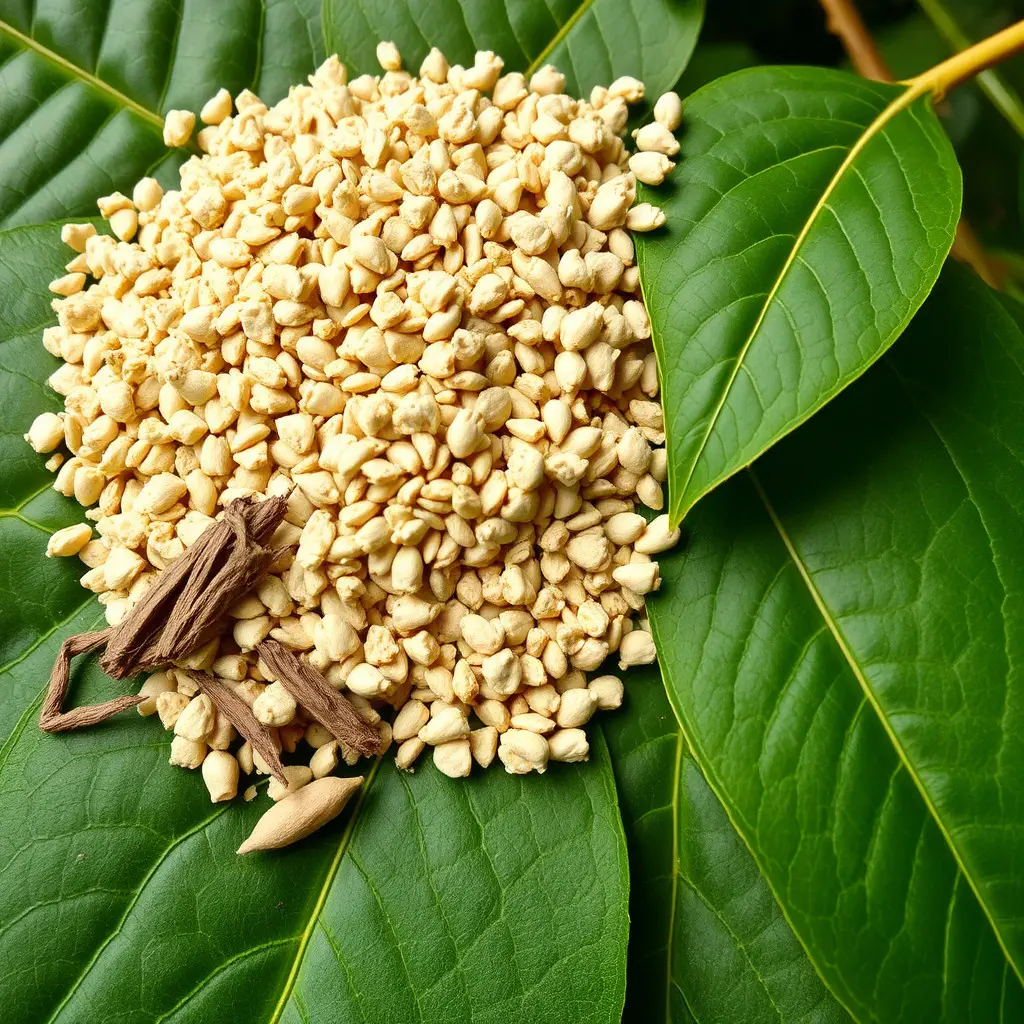Kratom, derived from the Mitragyna speciosa tree, is a natural aid for opioid use disorder (OUD) recovery, offering relaxation and pain relief without addiction risks. Available in various forms, it helps manage withdrawal symptoms under professional supervision. The blue lotus smoke drug test, an innovative tool, analyzes urine for mitragynine to objectively monitor kratom treatment effectiveness, detecting misuse early and boosting success rates.
“Kratom, derived from the tropical plant Mitragyna speciosa, is gaining attention as a potential aid in addiction recovery. This natural substance has shown promise in managing opioid withdrawal symptoms and reducing cravings. In this article, we explore Kratom’s role in treating addiction, delving into the science behind its efficacy and introducing the Blue Lotus Smoke drug test—a novel tool to monitor Kratom usage and its impact on addiction treatment. By understanding these aspects, we can navigate Kratom’s potential as a complementary approach to recovery.”
- Understanding Kratom and Its Potential Role in Addiction Recovery
- The Science Behind Kratom's Efficacy for Drug Withdrawal
- Blue Lotus Smoke Test: A Tool to Monitor Kratom Usage and Its Impact on Addiction Treatment
Understanding Kratom and Its Potential Role in Addiction Recovery

Kratom, a natural plant-based compound derived from the leaves of the Mitragyna speciosa tree, has gained significant attention in recent years as a potential aid for addiction recovery. Often touted as an alternative treatment, kratom interacts with opioid receptors in the brain, offering symptoms of relaxation and pain relief similar to opioids but without the intense high or risk of severe addiction. This makes it an intriguing option for those looking to manage withdrawal symptoms and prevent relapse during the recovery process.
Research suggests that kratom’s unique mechanism of action could help individuals struggling with opioid use disorder (OUD). By mitigating withdrawal effects, such as restlessness, anxiety, and intense cravings, kratom may facilitate a smoother transition into addiction recovery. Moreover, its availability in various forms, including capsules, powders, and extracts, allows for flexibility in dosing and administration, which can be beneficial for personalized treatment plans. However, it’s crucial to note that like any substance, kratom should be used under professional supervision, especially when considering its potential interaction with other medications or substances, such as the blue lotus smoke drug test.
The Science Behind Kratom's Efficacy for Drug Withdrawal

Kratom, derived from the tropical plant Mitragyna speciosa, has gained attention for its potential in addiction treatment, particularly as a tool to manage drug withdrawal symptoms. Scientific research is uncovering the mechanisms behind kratom’s effectiveness, offering insights into how it interacts with the body’s opioid receptors and other neurotransmitter systems. These interactions play a crucial role in alleviating cravings and mitigating physical withdrawal effects commonly associated with substance abuse.
Studies suggest that kratom’s unique chemical composition contributes to its ability to provide relief during detoxification. The primary active compounds in kratom, mitragynine and 7-hydroxymitragynine, have been found to act as mu-opioid receptor agonists and k-opioid receptor antagonists. This dual action allows for the modulation of pain and pleasure signals in the brain, potentially reducing intense drug cravings and providing a sense of well-being during recovery. Furthermore, some research indicates that kratom may also support stress reduction and improve sleep quality, both of which are vital factors in a successful addiction treatment plan, especially when considering a safe alternative to prescription medications like blue lotus smoke drug test alternatives.
Blue Lotus Smoke Test: A Tool to Monitor Kratom Usage and Its Impact on Addiction Treatment

The Blue Lotus Smoke drug test offers a novel approach to monitoring Kratom usage and its effects on addiction treatment. This innovative tool analyzes urine samples to detect the presence of mitragynine, the primary active compound in Kratom, providing valuable insights into an individual’s adherence to their treatment plan. By regularly utilizing this test, healthcare professionals can objectively assess the progress of patients undergoing Kratom-assisted recovery.
The Blue Lotus Smoke test is particularly useful as it allows for early detection of potential issues, such as overdose or misuse. This proactive monitoring can enable medical staff to intervene promptly, adjust treatment protocols, and provide targeted support. Moreover, it offers a non-invasive method to track the overall effectiveness of Kratom in mitigating withdrawal symptoms and cravings, ultimately contributing to improved success rates in addiction treatment programs.
Kratom has emerged as a promising alternative in addiction treatment, offering relief from withdrawal symptoms and potential long-term support for recovery. The scientific evidence supporting its efficacy is growing, particularly in regard to opiate and alcohol dependence. The Blue Lotus Smoke drug test serves as a valuable tool for monitoring kratom usage, ensuring safe and effective integration into addiction treatment plans. By combining traditional knowledge with modern research, we can harness the power of kratom to help folks break free from addictive cycles and build lasting, healthy lives.






